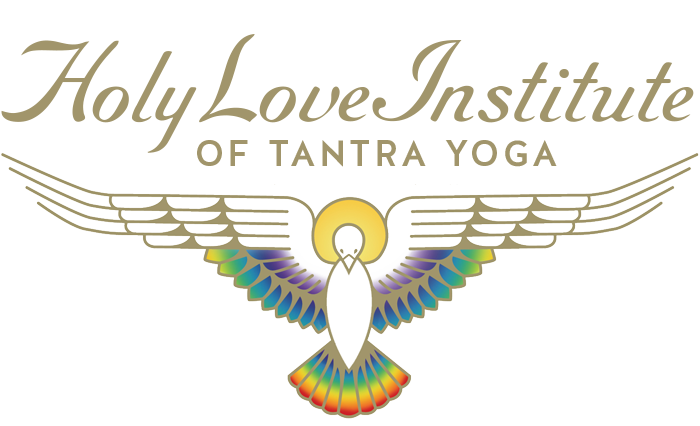 Jnana, Bhakti, Karma, Raja. These four paths of yoga are not necessarily separate from each other.These four paths of Yoga are aspects of a whole that is called Yoga. The four paths of Yoga work together, like fingers on a hand. All four paths of yoga can be practiced alone or in combination with each other. None of these paths is ‘better’ or ‘more noble’ than the other and they all lead to the same destination.
Jnana, Bhakti, Karma, Raja. These four paths of yoga are not necessarily separate from each other.These four paths of Yoga are aspects of a whole that is called Yoga. The four paths of Yoga work together, like fingers on a hand. All four paths of yoga can be practiced alone or in combination with each other. None of these paths is ‘better’ or ‘more noble’ than the other and they all lead to the same destination.
Yoga is the preexisting union: Yoga means the realization in direct experience of the preexisting union between the individual consciousness and the universal consciousness. There are different ways of expressing this, including that Atman is one with Brahman, Jivatman is one with Paramatman, or Shiva and Shakti are one and the same. Each of these ways of saying it come from a different viewing point, while they are not essentially different points of view. They all point in the same general direction of union or Yoga.
The four paths of Yoga: Again, There are four traditional schools of Yoga, and these are: Jnana Yoga, Bhakti Yoga, Karma Yoga, and Raja Yoga. While a Yogi or Yogini may focus exclusively on one of these approaches to Yoga, that is quite uncommon. For the vast majority of practitioners of Yoga, a blending of the four traditional types of Yoga is most appropriate. One follows his or her own predisposition in balancing these different forms of Yoga.
Jnana Yoga: Jnana Yoga is the path of knowledge, wisdom, introspection and contemplation. It involves deep exploration of the nature our being by systematically exploring and setting aside false identities. Everybody has a mind and at some point will need to examine it, wherein quiet reflection naturally comes.

Bhakti Yoga: Bhakti Yoga is the path of devotion, emotion, love, compassion, and service to God and others. All actions are done in the context of remembering the Divine. All people will experience emotions such as love, compassion, and devotion at points along the journey, regardless of which of the four paths of Yoga is predominant.
Karma Yoga: Karma Yoga is the path of action, service to others, mindfulness, and remembering the levels of our being while fulfilling our actions or karma in the world. Nobody can live in a body and the world without doing actions. Even a renunciate living in a Himalayan cave has to do some form of actions, and thus, some degree of Karma Yoga is essential.
Raja Yoga: Raja Yoga is a comprehensive method that emphasizes meditation, while encompassing the whole of Yoga. It directly deals with the encountering and transcending thoughts of the mind. Everybody will become still and quiet from sadhana spiritual practices, will naturally encounter and deal with attractions and aversion, and will meditate, thus touching on Raja Yoga.
Integration: It is popular these days for a teacher or institution to develop some approach to Yoga that "synthesizes" or "integrates" these four paths of Yoga (along with other component aspects of Yoga). However, that is misleading in that they were never really divided in the first place. It is not a matter of pasting together separate units. Rather, they are all a part of the whole which is called Yoga. Virtually all people have a predisposition towards one or the other, and will naturally want to emphasize those practices.
Other paths of Yoga: Yoga is traditionally taught orally, rather than organized in books, which naturally are linear in nature, and are clustered into chapters. In oral teachings, there is a natural movement from one to another of the aspects of Yoga, including between the four paths of Yoga. Books and organization are useful, but we need to remember that Yoga is, in fact, a whole which has different aspects. For example, in the text Hatha Yoga Pradipika, Hatha Yoga (often called "physical yoga") is described as also related to Kundalini Yoga. It also explains that the purpose of Hatha Yoga is Raja Yoga. Thus, we can easily see the relationship of Hatha Yoga and Kundalini Yoga as being parts or aspects of Raja Yoga.
We can't abandon the others: While it is definitely true that we each have predispositions towards one or another of the four paths of Yoga, we cannot really avoid or abandon the others.
Yoga classes: One thing that can lead to some confusion about the four paths of Yoga is the modern "yoga class" which often focuses mostly (if not completely) on physical postures. By referring to postures classes as "yoga classes" one is left with the false impression that this, unto itself, is the meaning of "Yoga." It is important to understand that asanas (postures) are a small, though surely useful, part of Yoga. It would be far better that such classes be called "asana classes". The seeker of the authentic goals of Yoga will need to discern amongst usages of the word "Yoga" so as to follow the four paths of Yoga.
Choosing a path: Although the four paths of Yoga work together, along with the companion aspects of Yoga, it is extremely useful to be mindful of which of the four paths of Yoga is most in alignment with your own predispositions. By identifying that path, it can be emphasized in life, and the others can be wisely, lovingly used to enhance the chosen path of Yoga.
